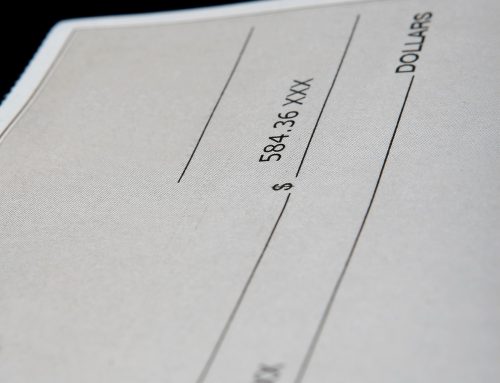Posted on Mar 25, 2014 Financial Statements Made Simple Balance Sheets 101 Liabilities & Equity Part 3 of 3 The last two sections of the Balance Sheet represent debt and ownership. Any debts owing are grouped under the Liability section while all ownership items will be listed under the Equity category. Just like assets, liabilities will be classified as current (aka short-term) or, long-term. A short-term liability is a debt that will be paid within one year. Amounts owing to your suppliers (Accounts Payable), payroll payable, and sales/income taxes would be examples of these types of obligations. Here’s another…. Does your business sell gift cards? Ask your customers to prepay for goods or services? Does it surprise you to find out that these types of transactions are really a liability? Huh? Yup! These types of transactions need to be handled a bit differently (cause nothing in accounting is simple and straightforward!) Let’s use the sale of a gift card in an example. When the card is sold, money is received….you’d think it would end there. Nope, no such luck! Here’s the problem, you have received money before you have sold or done anything. I know, you’re probably thinking “Yeah, but I sold a gift card.” Yeah, ya did. Here’s the problem….there’s a pesky accounting term called revenue recognition; it states that revenue cannot be recorded until the product has been delivered or the services performed. So, because of this rule, the sale of the gift card cannot be recorded to your revenue account. What happens instead is the amount will appear as a liability on your Balance Sheet in an account called Unearned Revenue or Customer Deposits until such time it has been used. Once the card has been redeemed you can recognize the revenue. You do this by simply decreasing the balance in your Unearned Revenue account and increasing the amount of your Revenue account. If the Unearned Revenue amount will be earned in a period of one year or less it is considered a short-term liability. Should it take greater than one year, it is considered a long-term-liability. Long-term liabilities are amounts that won’t be paid for one or more years, such as a bank loan or mortgage. The last section we need to cover represents the ownership of your business. Equity is the portion of the business left to the owners after all debts have been paid. If your business is a sole proprietorship, this will be called Owners Equity. This amount represents the money you have put into the business, less any amounts withdrawn, plus or minus your net income or net loss. If your business is a corporation, this section will be called Shareholders Equity and will have stock and retained earnings listed. Stock is what the owners of a corporation (shareholders) receive in exchange for their investment dollars. Retained earnings is retained income, this is income earned in prior periods that has been reinvested into your business. For those of you inclined to learn more, talk to your accountant or bookkeeper. If you are feeling really brave, click on this link and check out the Financial Statements for Tim Hortons Inc. Keep in mind, these are statements for a publicly traded company, they’re going to be a lot more detailed than yours! The next series in Financial Statements Made Simple covers the Income Statement. Once you’ve accomplished that, you’ll have enough background information to learn how to use the numbers on these reports to gauge your financial fitness. A Balanced Boss = A HappyBoss Karen







